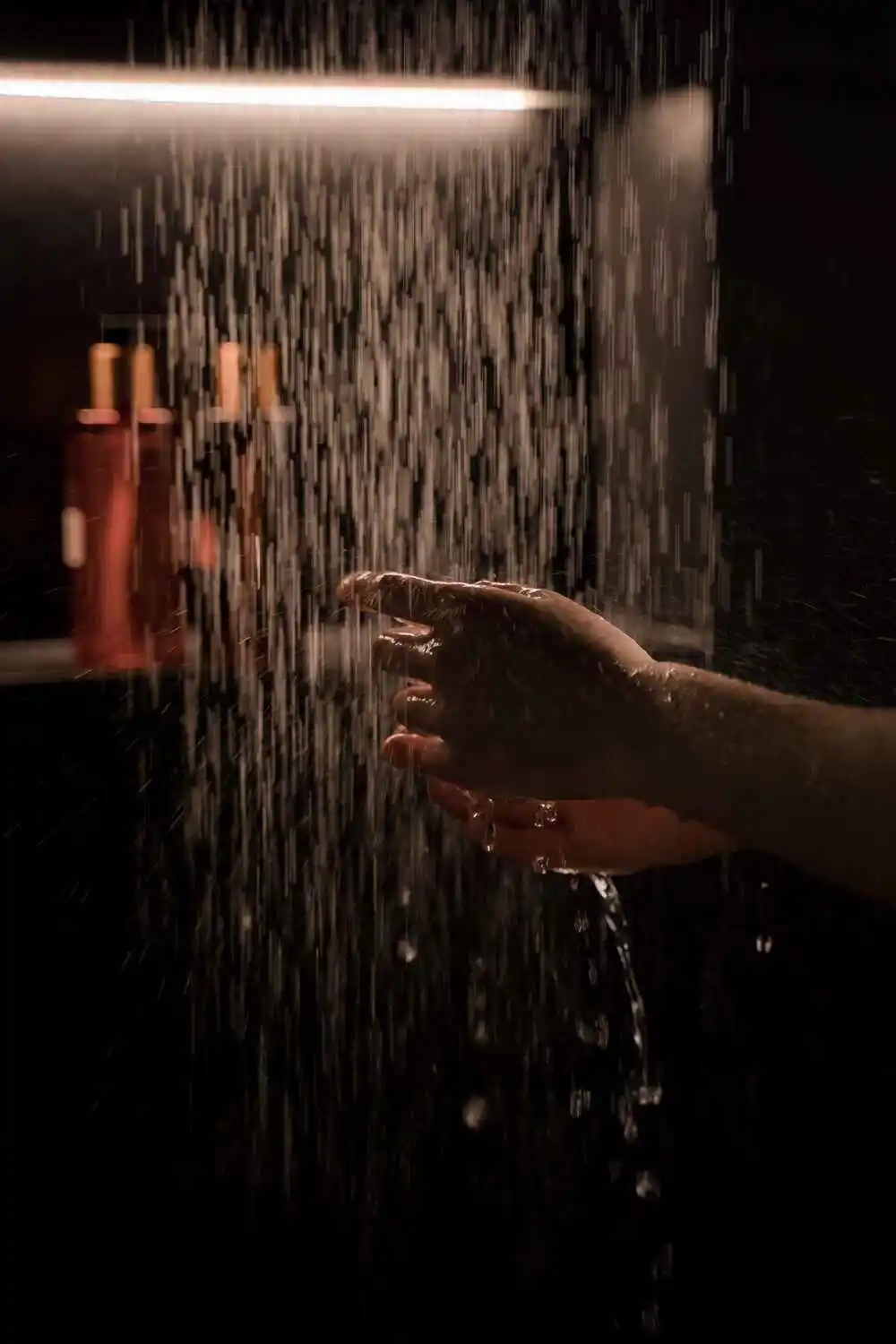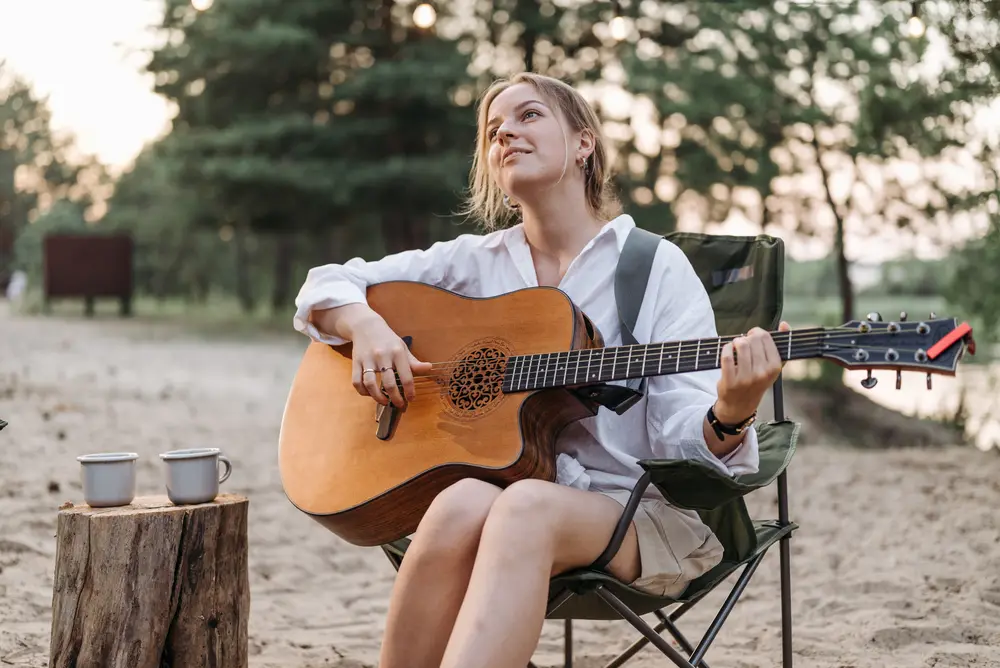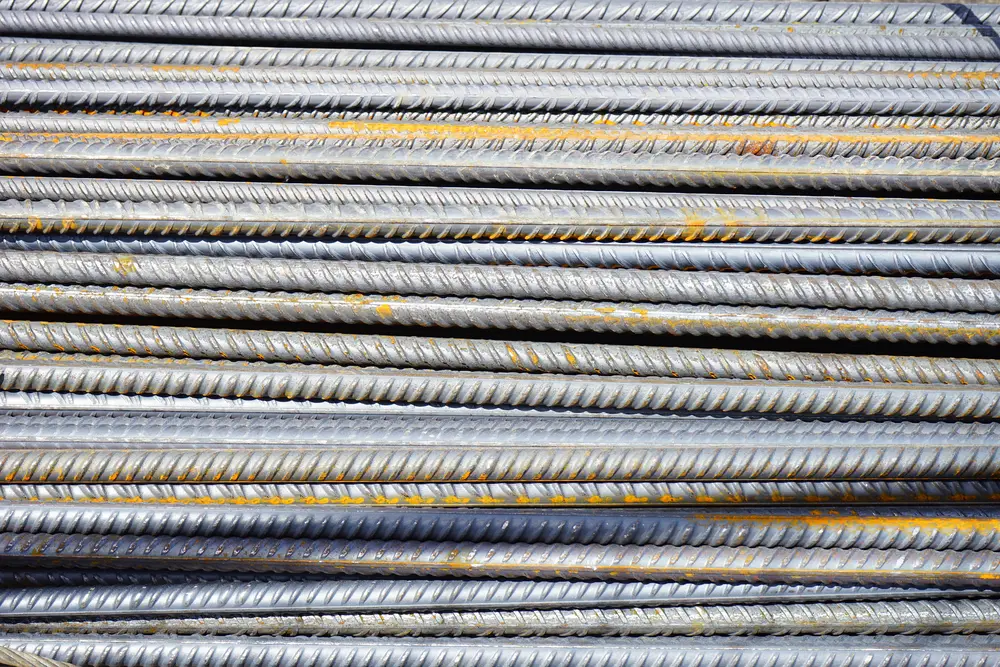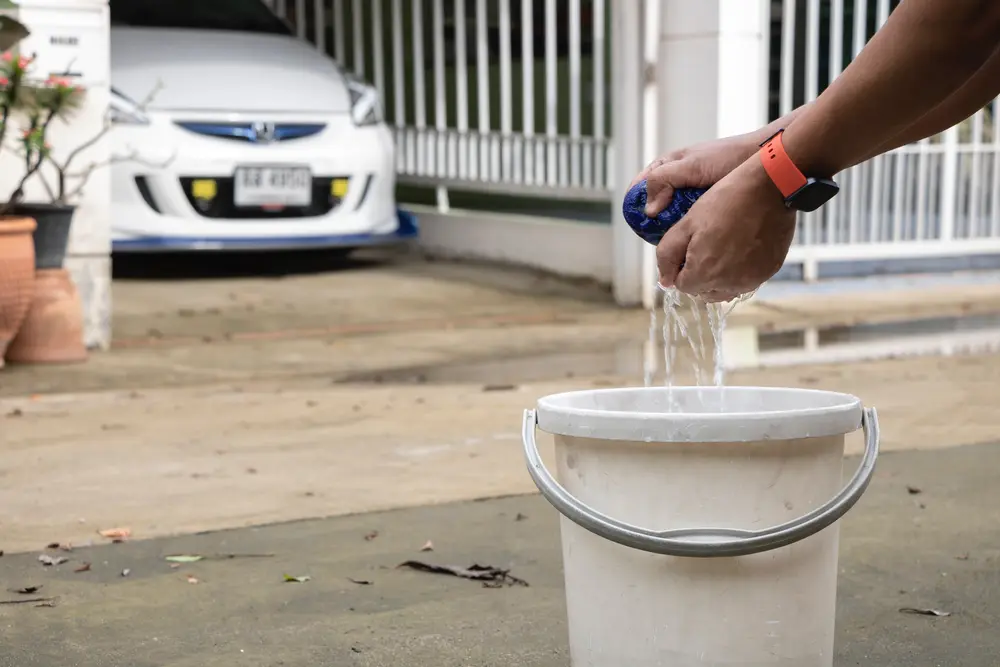| Key Takeaways |
|---|
| - Choose the right type of camping shower for your needs and budget |
| - Pick a suitable location for your shower that is close to your campsite but far from water sources, trails, or campsites |
| - Set up your shower securely and safely by following the instructions, filling up the water reservoir, hanging or placing the water reservoir, connecting the hose and the showerhead, and testing the water pressure and temperature |
| - Maintain your hygiene and privacy while using your shower by using biodegradable soap and shampoo, using a towel or a robe, using a shower cap or a bandana, using flip-flops or sandals, and showering quickly and efficiently |
Camping is a great way to enjoy nature and have some fun with your friends and family. But after a long day of hiking, biking, or fishing, you might want to take a shower to wash off the dirt and sweat. However, not all campsites have showers or running water, so you might need to bring your own camping shower.
A camping shower is a portable device that allows you to take a shower outdoors. It usually consists of a water reservoir, a hose, and a showerhead. Some camping showers are solar-powered, meaning they use the sun’s heat to warm up the water. Others are battery-powered or propane-powered, meaning they have an electric or gas heater to heat up the water.
In this article, we will show you how to set up a camping shower at your campsite with these tips:
- Choose the right type of camping shower
- Pick a suitable location for your shower
- Set up your shower securely and safely
- Maintain your hygiene and privacy
Choose the right type of camping shower
There are many types of camping showers available on the market, each with its own advantages and disadvantages. Here are some of the most common ones:
- Solar shower: This is a simple and inexpensive option that uses a black plastic bag filled with water. You hang the bag in a sunny spot and let it absorb the sun’s heat for a few hours. Then you attach a hose and a nozzle to the bag and use gravity to create water pressure. The downside of this option is that it depends on the weather and the water temperature can be unpredictable.
- Battery-powered shower: This is a more convenient and reliable option that uses a rechargeable battery to power a pump that draws water from any source, such as a bucket, a lake, or a stream. You can adjust the water pressure and temperature with a knob or a button. The downside of this option is that it requires electricity and the battery life can be limited.
- Propane shower: This is a more advanced and expensive option that uses propane gas to heat up water in a tank. You can connect the tank to any water source and control the water temperature and flow with a valve. The downside of this option is that it requires gas and it can be bulky and heavy.
Depending on your budget, preference, and availability, you can choose the type of camping shower that suits your needs. You can also check out some of the best camping showers in this article¹.
Pick a suitable location for your shower
Once you have chosen your camping shower, you need to find a good spot to set it up. Here are some factors to consider when choosing a location for your shower:
- Distance from your campsite: You want to choose a location that is close enough to your campsite for convenience, but far enough to avoid disturbing other campers or wildlife. Ideally, you want to choose a location that is at least 200 feet away from any water source, trail, or campsite².
- Privacy: You want to choose a location that offers some privacy from prying eyes. You can look for natural features such as trees, bushes, or rocks that can block the view from other angles. You can also use tarps, curtains, or tents to create an enclosure around your shower area.
- Drainage: You want to choose a location that has good drainage so that the water does not pool around your shower area or cause erosion or contamination. You can look for sandy or gravelly soil that can absorb the water quickly. You can also dig a shallow trench or use a mat or a tray to collect the water and dispose of it properly.
- Stability: You want to choose a location that has stable ground so that your shower does not tip over or fall down. You can look for flat or level ground that can support the weight of your shower and water reservoir. You can also use stakes, ropes, or poles to secure your shower in place.
Set up your shower securely and safely
After you have picked a suitable location for your shower, you need to set it up securely and safely. Here are some steps to follow when setting up your shower:
- Follow the instructions: Read the manual or instructions that come with your camping shower and follow them carefully. Make sure you have all the parts and tools you need before you start assembling your shower.
- Fill up the water reservoir: Depending on the type of camping shower you have, you may need to fill up the water reservoir before you hang it or connect it to the hose. Make sure you use clean water from a reliable source or treat it with purification tablets or filters if necessary.
- Hang or place the water reservoir: Depending on the type of camping shower you have, you may need to hang the water reservoir from a tree branch, a pole, or a rack, or place it on the ground or on a table. Make sure the water reservoir is stable and secure and does not leak or spill.
- Connect the hose and the showerhead: Depending on the type of camping shower you have, you may need to connect the hose and the showerhead to the water reservoir or to the pump or heater. Make sure the connections are tight and secure and do not leak or burst.
- Test the water pressure and temperature: Depending on the type of camping shower you have, you may need to turn on the pump or heater or open the valve to start the water flow. Test the water pressure and temperature by spraying some water on your hand or on a thermometer. Adjust the settings as needed until you get the desired water pressure and temperature.
Maintain your hygiene and privacy
Once you have set up your shower, you can enjoy a refreshing and relaxing shower in nature. However, you also need to maintain your hygiene and privacy while showering. Here are some tips to follow when using your shower:
- Use biodegradable soap and shampoo: To minimize your environmental impact, use biodegradable soap and shampoo that do not contain harmful chemicals or fragrances. These products are designed to break down naturally and do not harm the soil or water quality³.
- Use a towel or a robe: To protect your privacy, use a towel or a robe to cover yourself before and after showering. You can also use a clothesline or a hook to hang your towel or robe near your shower area.
- Use a shower cap or a bandana: To keep your hair dry and clean, use a shower cap or a bandana to cover your head while showering. This can also help you save water and time by avoiding washing your hair every time you shower.
- Use flip-flops or sandals: To keep your feet clean and dry, use flip-flops or sandals to wear while showering. This can also help you avoid stepping on sharp objects or slippery surfaces that may cause injuries.
- Shower quickly and efficiently: To conserve water and energy, shower quickly and efficiently by wetting yourself, turning off the water, applying soap and shampoo, turning on the water, rinsing yourself, and turning off the water again. Try to limit your shower time to 5 minutes or less⁴.
Conclusion
Setting up a camping shower at your campsite can be a great way to stay clean and comfortable while enjoying nature. However, you need to choose the right type of camping shower, pick a suitable location for your shower, set up your shower securely and safely, and maintain your hygiene and privacy while using your shower.
By following these tips, you can have a satisfying and eco-friendly shower experience in the outdoors.





Use the share button below if you liked it.
It makes me smile, when I see it.